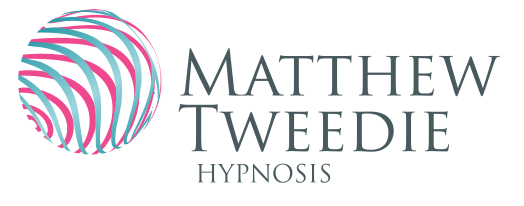GB 39
Gall Bladder 39
The acupuncture point known as "GB 39," which is written as "懸鐘" in Chinese characters, is referred to as "Xuan Zhong" (alternatively "Jue Gu") in pinyin and "Suspended Bell" (alternatively "Severed Bone") in English. You can locate this acupuncture point:
Three cun above the tip of the external malleolus, situated in a small depression between the posterior edge of the fibula and the tendons of peroneus longus and brevis.
This acupuncture point holds significance in various clinical applications and can potentially address the following issues and symptoms:
Hui Meeting of the Marrow: GB 39 is reputed for its potential benefits in cases characterized by imbalances in bone marrow, tendons, ligaments, muscles, or bones. Such imbalances may manifest as a range of symptoms, including pain, muscle spasms, numbness, and weakness.
Support for Chronic Bi or Wei Syndromes, with a Focus on Kidney Health: Practitioners believe that GB 39 possesses properties that can fortify the body's immune system. This quality makes it a valuable option, particularly when dealing with chronic Bi or Wei syndromes, particularly those exacerbated by Kidney Deficiency. This acupuncture point is thought to contribute to overall wellness by addressing these specific conditions.
Neck Issues: GB 39 may provide relief from neck problems, including stiffness, strain, arthritis, sprains, whiplash, and headaches.
Hypochondrial Pain and Beriberi: This acupuncture point may also be used to alleviate pain in the hypochondrium (upper abdomen) and to address symptoms associated with beriberi, a condition caused by thiamine deficiency.
Descends Rising Liver/Gallbladder Heat: This acupuncture point is thought to be effective in addressing symptoms associated with ascending Liver and Gallbladder heat, such as dizziness and tinnitus.


